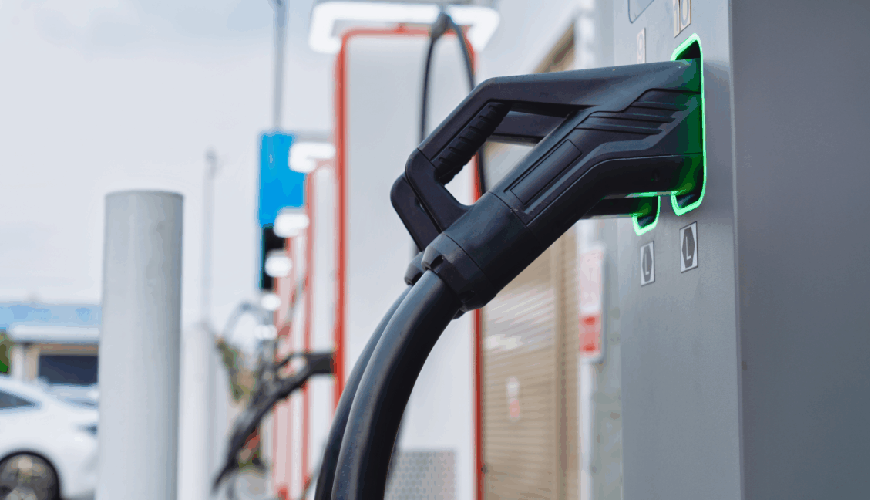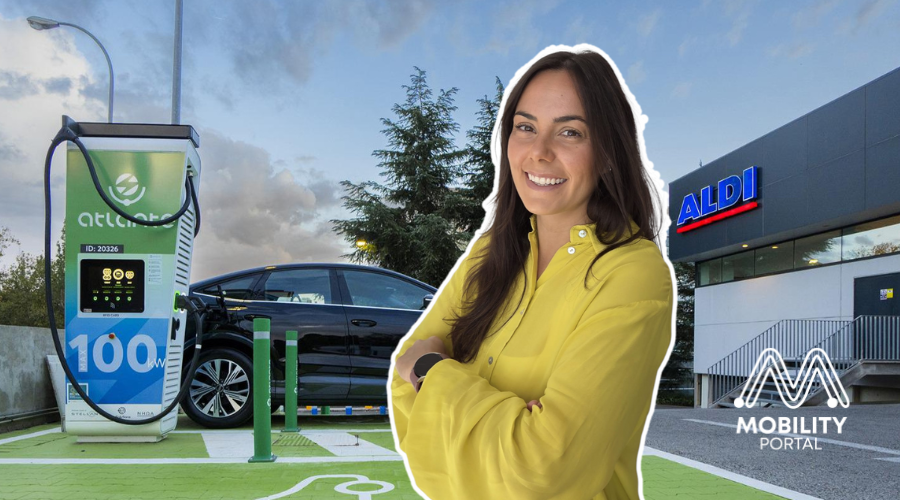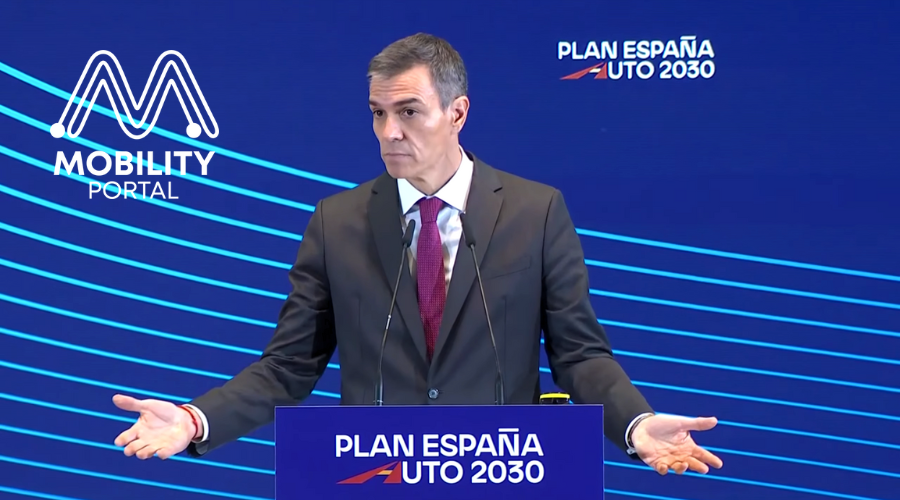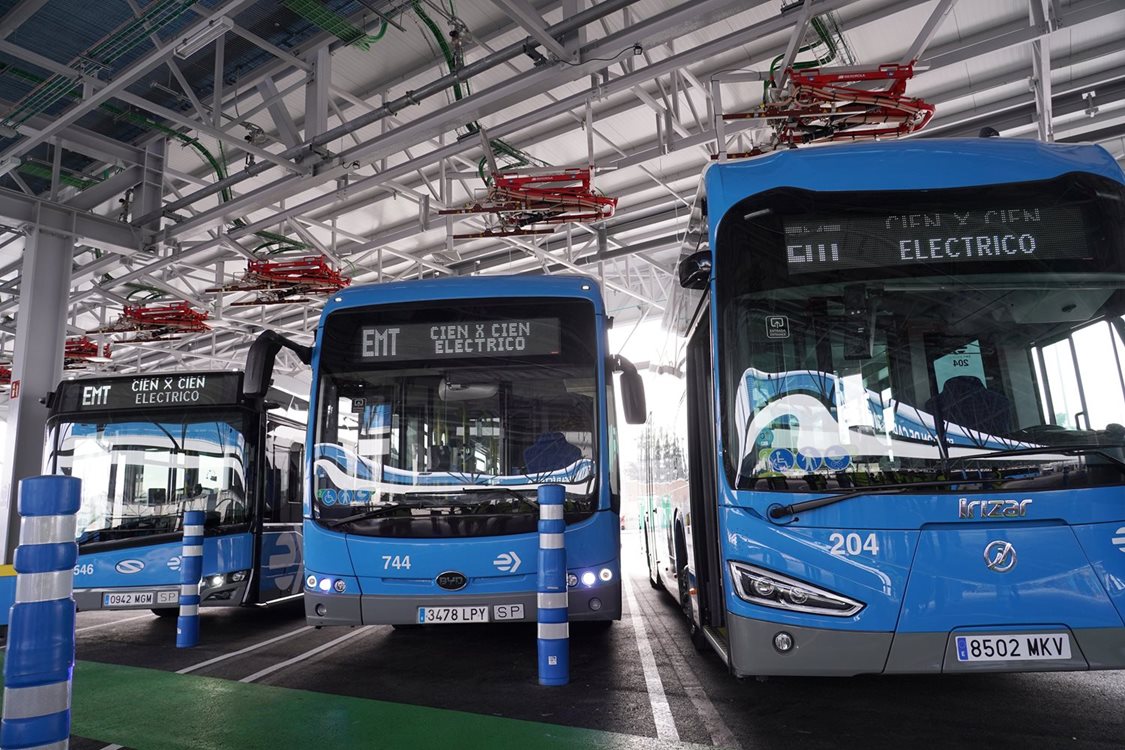Italy’s electric vehicle (EV) charging network continues to expand, with nearly half of the country’s motorway service areas now featuring charging stations.
This is according to the quarterly infrastructure monitoring report by Motus-E, which reveals that as of 30 June 2025, there are 67,561 publicly accessible charging points installed across the country.
This marks an increase of 10,569 units over the past 12 months and 1,569 units in the second quarter alone.
Focusing on the motorway network specifically, the number of points stands at 1,159 (with 49 currently being activated), 85% of which are fast chargers using direct curren (DC), and 62% deliver more than 150 kilowatts of power.
This represents a significant rise compared to the 963 active points in June 2024 and 657 in June 2023.
As a result, 45% of motorway service areas are now equipped with stations.
Additionally, a further 2,527 charging points are located within three km of motorway exits, 59% of which are fast devices and 41% deliver over 150 kilowatts of power.
“Thanks to the efforts of operators, Italy’s infrastructure continues to grow. In particular, the situation along the motorways has improved significantly, enabling increasingly stress-free electric travel along the country’s main routes,” said Fabio Pressi, President of Motus-E.
“However,” Pressi continued, “there is still considerable work to be done to improve network coverage, particularly in the South. On major roads, it is crucial that tenders for the provision of charging services on underdeveloped routes are launched as soon as possible.”
“we need a shared commitment, starting with a common understanding of the current state of affairs. In this regard, we hope that the National Unified Platform (PUN), promoted by MASE and developed by GSE and RSE with the support of Motus-E, will be fully utilised and placed at the centre of the upcoming revision of the National Infrastructure Plan for Electric Vehicle Charging (PNIRE), which should serve as the unified regulatory reference point for the sector,” Pressi concluded.
To be truly effective, the PNIRE must also align coherently with the PNIEC – the National Integrated Energy and Climate Plan – which sets ambitious targets for the development of electric mobility.
Another positive sign is the reduction in the number of installed points that are not yet connected to the electricity grid by local distributors. This figure has fallen to 14.5%, down from 17.9% last year.
This is a step in the right direction, but it remains urgent to simplify authorisation procedures and strengthen public-private cooperation in order to further accelerate electrification.
Which regions have the most chargers – and which have the fewest?
Turning to the regional rankings, Lombardy once again takes first place for the highest number of installed charging points (13,763, an increase of 2,861 over the past 12 months), followed by Lazio (7,142, +1,501), Piedmont (6,561, +786), Veneto (6,176, +668), and Emilia-Romagna (5,282, +562).
Among the provinces, Rome remains in the lead with 5,644 charging points (+1,193 over the past 12 months), followed by Milan (4,604, +986), Naples (3,092, +253), Turin (2,963, +322), and Brescia (1,892, +211).
READ MORE
-
Atlante y su “modelo híbrido”: generación, almacenamiento y recarga ultrarrápida para un sistema más resiliente
Atlante acelera su despliegue en España y en diálogo con Mobility portal, Inés Mackey, Chief of Staff de Atlante Iberia define las prioridades de la empresa y su apuesta por la interoperabilidad de la mano de Charge League.
-
Spain Auto 2030: a point-by-point look at the plan set to redefine the eMobility landscape
Spain has entered a new phase in its industrial strategy for electric mobility. The Government has unveiled Spain Auto 2030, a roadmap designed to mobilise €30 billion over the next five years, reshaping the centre of gravity of the electric vehicle market through fresh incentives, a centralised management model, targeted investment in charging infrastructure and…
-
EMT Madrid licita 120 nuevos buses eléctricos: inversión de 79,35 millones y entregas entre 2026-2027
Con esta incorporación, Madrid refuerza su estrategia de descarbonización y consolida una de las flotas eléctricas urbanas más grandes de Europa.










